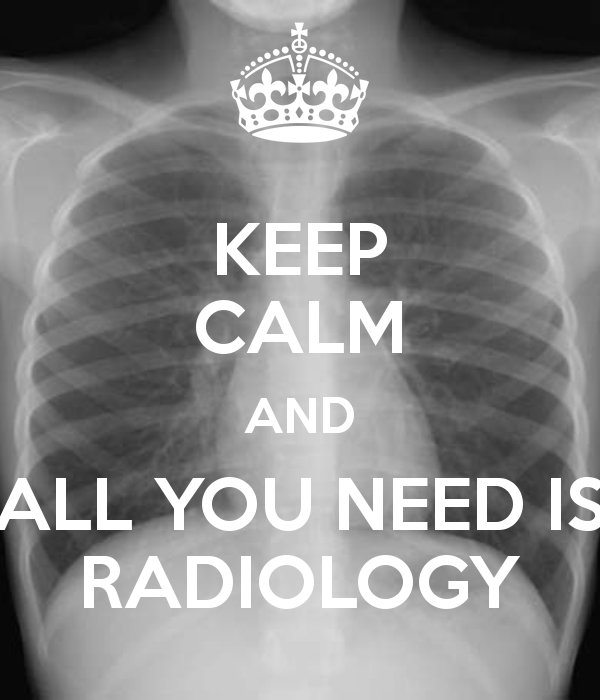Tags
Definition:
- A small medical appliance that is installed beneath the skin
- A catheter connects the port to a vein
- Under the skin, the port has a septum through which drugs can be injected & blood samples can be drawn many times, usually with less discomfort for the patient than a more typical “needle stick”
- Used mostly to treat
- Haematology & oncology patients
- Haemodialysis patients
- Usually inserted in the upper chest, just below the clavicle, leaving he patient’s hands free
- The main form of a implantable central venous catheter or line
Terminology:
- A portmanteau of “portal” & “cathether”
- Port-a-Cath is a registered trade mark of Smiths Medical
- The term totally implantable venous access system (TIVAS) is also used
How it works:
- The catheter runs from the portal and is surgically inserted into a vein (usually the jugular vein, subclavian vein, or superior vena cava).
- Ideally, the catheter terminates in the SVC, just upstream of the right atrium. This position allows infused agents to be spread throughout the body quickly & efficiently
Risks:
- Infection
- Thrombosis – to prevent clotting the portacath is flushed with saline & heparin
- Mechanical failure
- Age
- Pneumothorax
- Arterial injury
NB:
CVC can be divided into
- Peripherally inserted central catheters (PICC)
- Non-tunnelled CVCs
- Used in ICU or ED for emergent or short term access (<7~10 days)
- Vascath used for haemodialysis
- Tunnelled CVCs
- Hickman’s catheters, permacath
- Implantable ports
- e.g. Port-a-Cath, Infus-a-Port
- May be located in the chest or arm (brachial)
- May be single or dual lumen



